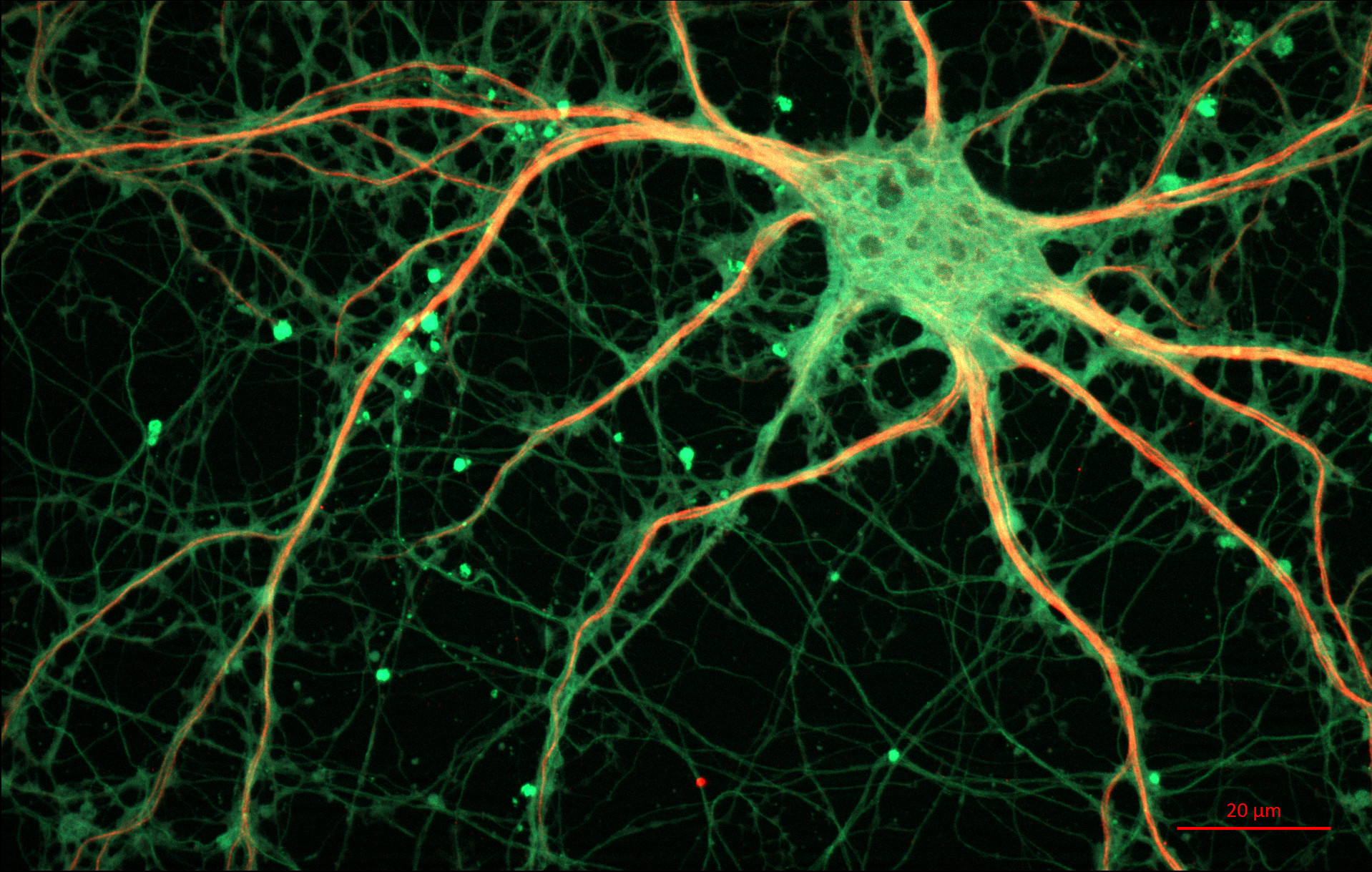The nervous system, from the brain to the spinal cord to the nerves, allows us to move, feel, and interact with the world. Injuries to this system often have severe and long-lasting impacts on quality of life. There are currently about 300,000 people in the United States living with a spinal cord injury (SCI), and over 15,000 such injuries occur annually. Some of the symptoms of an SCI are loss of sensation, very painful tingling, or paralysis of the affected area. Unfortunately, there are currently no known ways to repair or regrow the damaged axons (the parts of nerve cells that transmit signals throughout the body) found within the spinal cord. However, studies are being conducted with a focus on regenerating neurons and bringing relief to patients with SCIs.
Spinal cord injuries can be devastating, as there is currently no way to regrow neurons.
Image Source: HadelProductions
One such study was conducted by researchers from the Lewis Katz School of Medicine at Temple University, which found that a gene called Lin28 could help promote neuronal growth. The scientists decided to study this gene because of its known importance in stem cells. Lin28 acts as a gatekeeper by influencing whether or not stem cells develop into adult cells. To perform the study, the researchers first developed mice that had higher amounts of Lin28 in their tissues. They then performed surgeries on the mice, causing them to develop injuries in either their spinal cord or their optic nerve, which connects the eye to the visual cortex, the area in the brain that processes visual information.
By comparing these mice to un-modified mice with similar injuries, the researchers found that the mice with more Lin28 showed axon regeneration along the entire optic nerve, which meant that severed or damaged axons were able to regrow. Axon growth also extended more than 3 millimeters beyond the injury site in the spinal cord of Lin28 mice, indicating that the damaged and undamaged areas were able to reconnect. Overall, the Lin28 mice with damaged spines showed increased mobility, and the Lin28 mice with damaged optic nerves showed improvements in vision. In the future, the researchers are interested in further exploring exactly how Lin28 interacts with existing growth-promoting substances in stem cells to better understand how to safely use this gene in a clinical setting. The goal is ultimately to develop a targeted, injectable form of Lin28 to treat patients with spinal cord injuries, allowing them to regain their mobility and improve their quality of life.
Featured Image Source: ZEISS Microscopy










